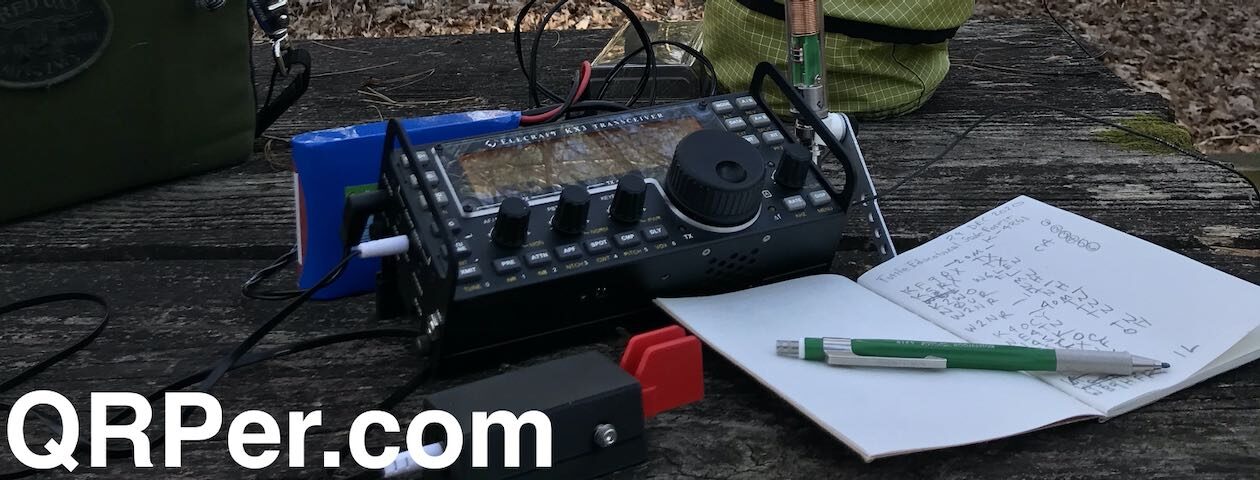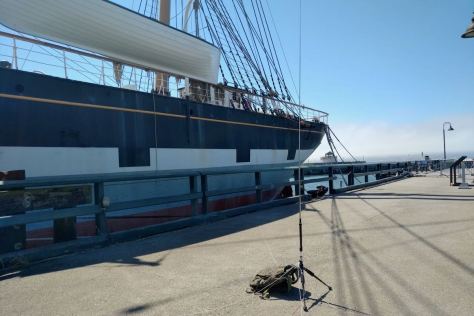Many thanks to Matt (W6CSN) who shares the following post from his blog at W6CSN.Blog:
Crackadawn POTA
by Matt (W6CSN)
This is the weekend in October that features the U.S. Navy’s Blue Angels taking to the skies over the Bay Area. The air show takes place over the Bay waters, which means the beaches and shorelines around San Francisco will be packed with people and traffic. Since my usual POTA operating location is right by East Beach, I had pretty much given up on the idea of activating K-7889 this weekend.

The airshow is on Saturday and Sunday, but the Blue Angles practice on Thursday and Friday, weather permitting. So here I was on Friday morning, awake at 5AM watching K4SWL on YouTube doing POTA when the idea of getting out for an early activation got into my head.
It was still dark when I tossed my backpack, which was already loaded for POTA from the previous activation, into the car and headed down to the East Beach in the Presidio of San Francisco National Historic Site (K-7889).

Given the early hour and low light conditions I didn’t relish the idea of doing my usual picnic table and tripod antenna setup. Not long ago I had acquired one of those “mirror” antenna mounts with the jaw clamp arrangement, and this was a great opportunity to try it out. Between the parking lot and the beachfront promenade there is low fence constructed of short steel posts and strands of stainless cable. The fence post was a perfect place to attach the clamp and the MFJ-1979 17 foot telescopic whip, which is a quarter wave on 14 MHz.

I was ready to string some radials out to give the antenna a ground plane to work against, but wondered if the post, being sunk into the ground by the Bay and the steel fencing cables might provide enough of a counterpoise. A quick check of the SWR on the meter built into the MTR-4B showed a 1.2 to 1 – no need to even bother with radials with an SWR like that right out of the box.

The other advantage of this antenna setup was that it is right next to the car. However, I don’t really like operating from my vehicle as it’s not very sporting nor is it comfortable. Instead, I simply set the station on the trunk lid and completed the activation from a standing position. The other advantage of this arrangement was that I could closely guard the RG-316 coax going from the radio to the antenna to keep any humans or canines from getting entangled. Continue reading Matt’s “Crackadawn POTA” Field Report




























